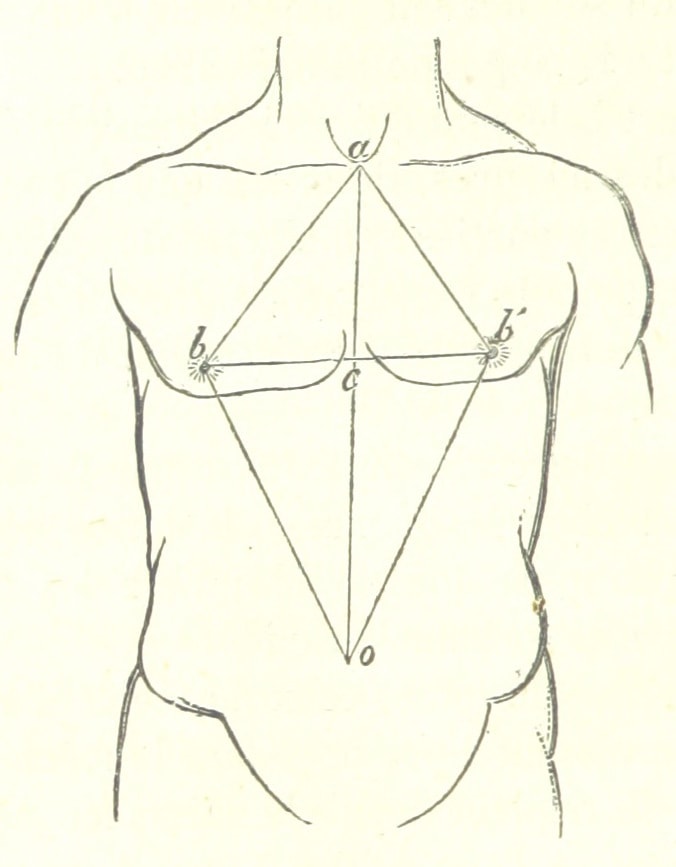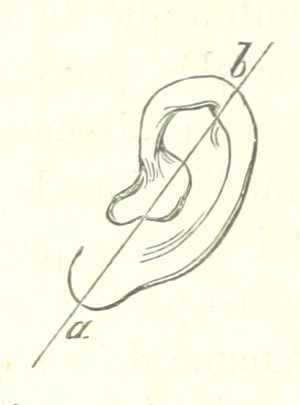translation
opposition
theme: social_physics
same_person
The Average Man
1830


Social physics would not subdivide and compare, but use records of height, weight, education, mortality, marriage, suicide, and so on to calculate an average man, endowing him with probabilistic 'penchants' to take account of discrete acts like marriage and crime. These figures could be expected to change slowly, so that study of the average man would enable the social physicist to calculate a trajectory over time which, Quetelet anticipated, would reveal simple laws of motion and permit prediction of the future.
(Gigerenzer et al. 1990, p.42)The average man was invented as a tool of social physics, and was designed to facilitate the recognition of laws analogous to those of celestial mechanics in the domain of society.
(Gigerenzer et al. 1990, p.40)He was fond of numbers, and happy to jump to conclusions. It is astonishing how profoundly Quetelet’s jumping to conclusions affected the twentieth-century conceptual scheme of truths and possibilities to which we still subscribe.
(Hacking, 1990, p.106)Gigerenzer, G., Porter, T., Swijtink, Z., Daston, L., Beatty, J. and Kruger, L. (1990) The Empire of Chance. Cambridge University Press.
Hacking, I. (1990) The Taming of Chance. Cambridge University Press.
Quetelet, A. (1870) Anthropométrie ou mesure des différentes facultés de l'homme. [link]
translation
opposition
theme: social_physics
same_person